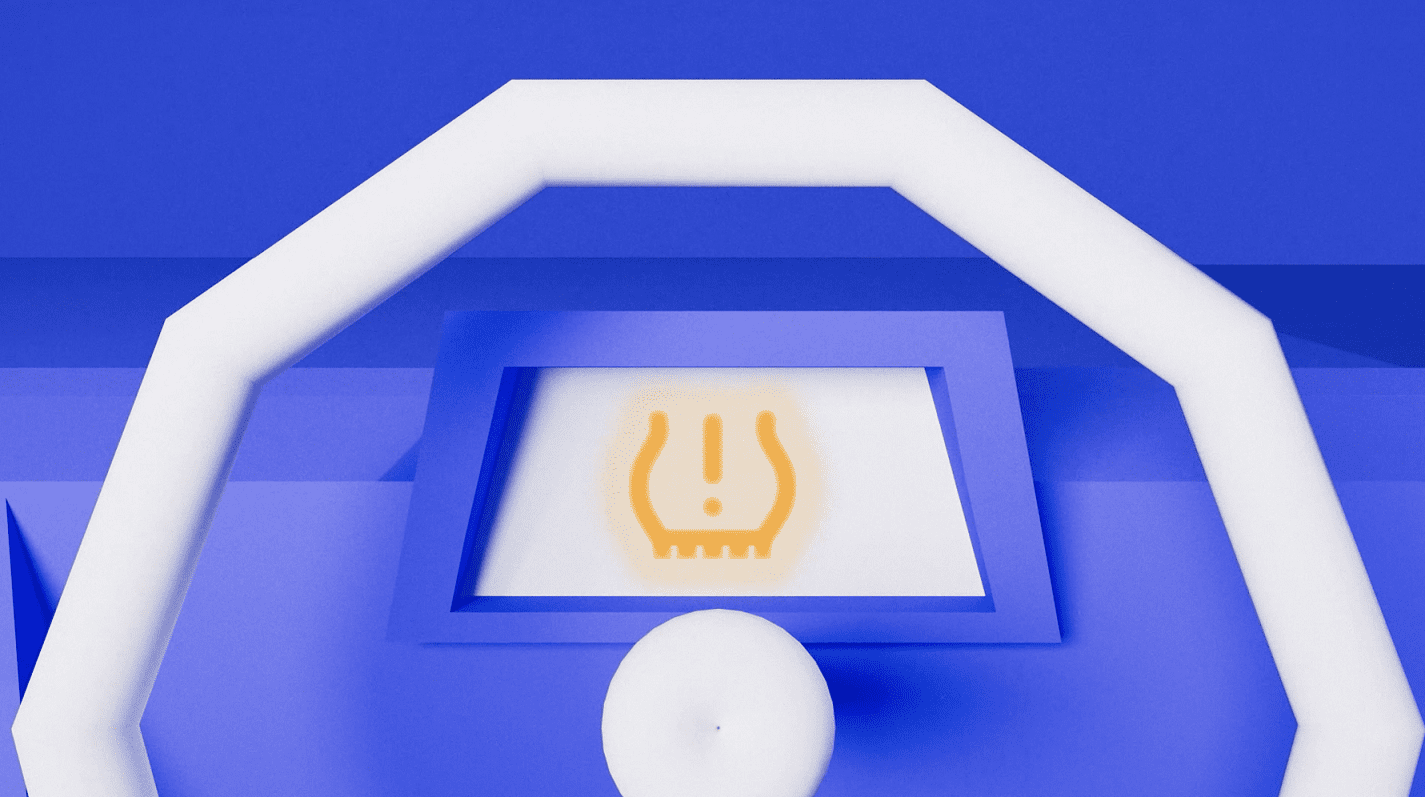
TPMS – the life-saving warning too often ignored
Introduced as a mandatory safety feature on all new cars since 2014, TPMS remains a mystery to some
- Tyre Pressure Monitoring System light warns of low tyre pressures
- TyreSafe animation explains why it turns on and what the driver needs to do
- Ignoring it is not an option
While a potentially life-saving feature, many drivers are still unaware of what the Tyre Pressure Monitoring System (TPMS) light is for when it appears on their dashboard. Introduced as a mandatory safety feature on all new cars since 2014, it remains a mystery to some yet is one of the most important warnings drivers need to pay attention to.
To help drivers understand what it is and what they need to do if they see it appear, TyreSafe has developed a new animation which clearly explains what all motorists need to know.
As the name implies, TPMS is designed to monitor all the car’s tyre pressures and alert the driver if they fall below the recommended settings. Driving with underinflated tyres not only wastes fuel, and increases tyre wear, it also makes them more vulnerable to catastrophic failure, or ’blowout’ – a potentially life-threatening driving event.
Some systems will automatically turn the light out once a driver reinflated their tyres to the correct pressure, although not all do. In many instances, it is down to the driver to check the pressures, inflate the tyres accordingly and then manually reset the system. Understanding which type has been fitted to their vehicle and what to do is essential for all motorists.
The TyreSafe animation also has advice should the light reappear soon after. It maybe a sensor needs replacing or there is a fault with the system. Both situations will need to be fixed if the car is to pass its next MoT as a functioning TPMS is a requirement of the mandatory safety test.
Should a driver see the TPMS light come on while driving, they should slow down, drive more cautiously and find a service area or garage where the pressures can be checked as soon as possible.
Stuart Lovatt, TyreSafe Chair said: “TPMS is an essential part of modern vehicle safety systems. If tyres aren’t at the right pressure, the vehicle’s handling and braking will be compromised. But, our research suggests a significant number of drivers ignore the warning light when it appears and carry-on driving – putting themselves and others at unnecessary risk.
“You need to take action now, to understand what to do if the TPMS warning light does on come whilst driving. Take a few moments to watch our animation so you can act if this happens to you.”

Comments are closed.